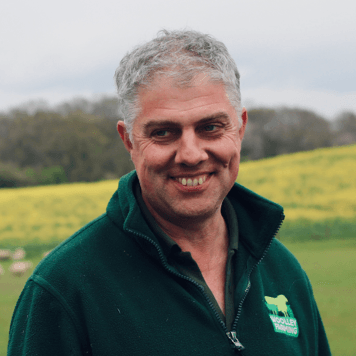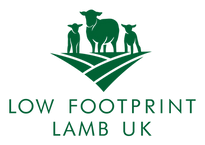Sheep performance recording
I recently started performance recording with
Signet breeding service,
which helps commercial and pedigree livestock farmers make performance gains and associated genetic improvement. I have recorded sheep for the last three years and have about 1600 to record this year. I plan to record 3000 next year and just couldn't do it without iLivestock, it’s now integral to my business. When lambing in the fields, I just have a smartphone or tablet to collect data, and if for some reason I lose or damage my smartphone, I will not lose everything as it’s all backed up in the cloud. I’m still learning how it all works, but my decisions are now based on facts and data I collect on the farm using iLivestock.
When paired with an EID reader it makes everything even quicker than before. As it is integrated directly into iLivestock I can
add, personalise and, most importantly, analyse the information I gather. To breed better flocks essentially, with the traits that I
want for my sheep. Most of the land I farm is permanent pasture that has had a lot of sheep over the years. It’s not good quality
grazing. Therefore, I want to breed an animal that will hold its condition and perform whilst in this system. To have my ewes
rear lambs better and to get a healthier, happier and more profitable flock.
I recently started performance recording with Signet. I have recorded sheep for the last three years and have about 1600 to record this year. I plan to record 3000 next year and just couldn't do it without iLivestock, it’s now integral to my business.
Ewes are easily identified in the field with
large management Zee ‘flag tags’
cross referenced to EID. We tag lambs at birth, recording weight, sex, birth date, maternal ability and any problems etc. Parentage is pre-populated onto the mothers individual animal record from the tupping groups or AI groups and then 8 weeks later, we record weight again. At weaning ewes and lambs are weighed again. Gradually, it builds up a picture of which animals are efficient and which are not. Then, by sending all of this information to Signet, the sheep are ranked. This data can be exported, analysed on spreadsheets and imported back into iLivestock, so you can draft animals depending on their indexes or any other filters you need to apply. If you are breeding your own replacement ewes, it is really rewarding to identify and breed from your high index animals and watch your flock further improve.

